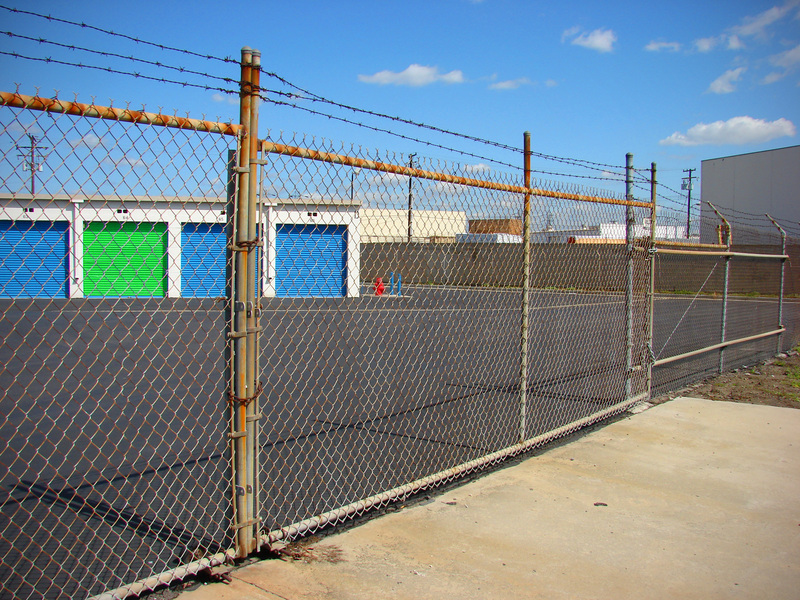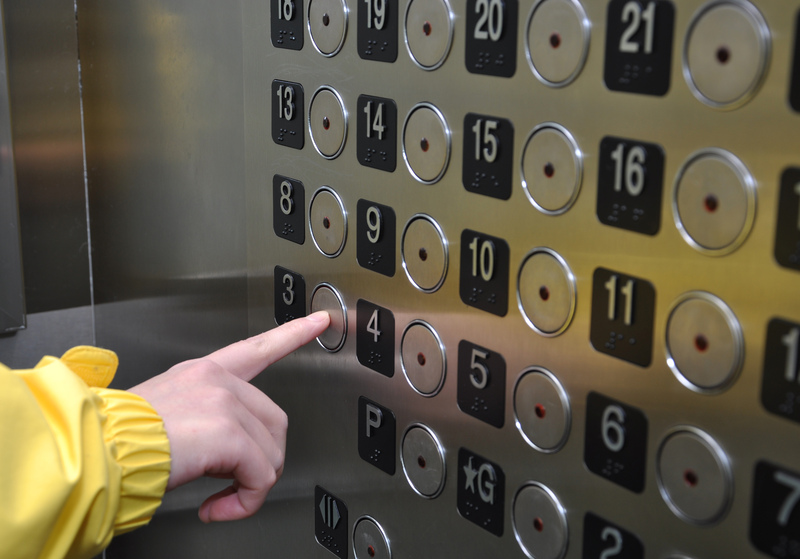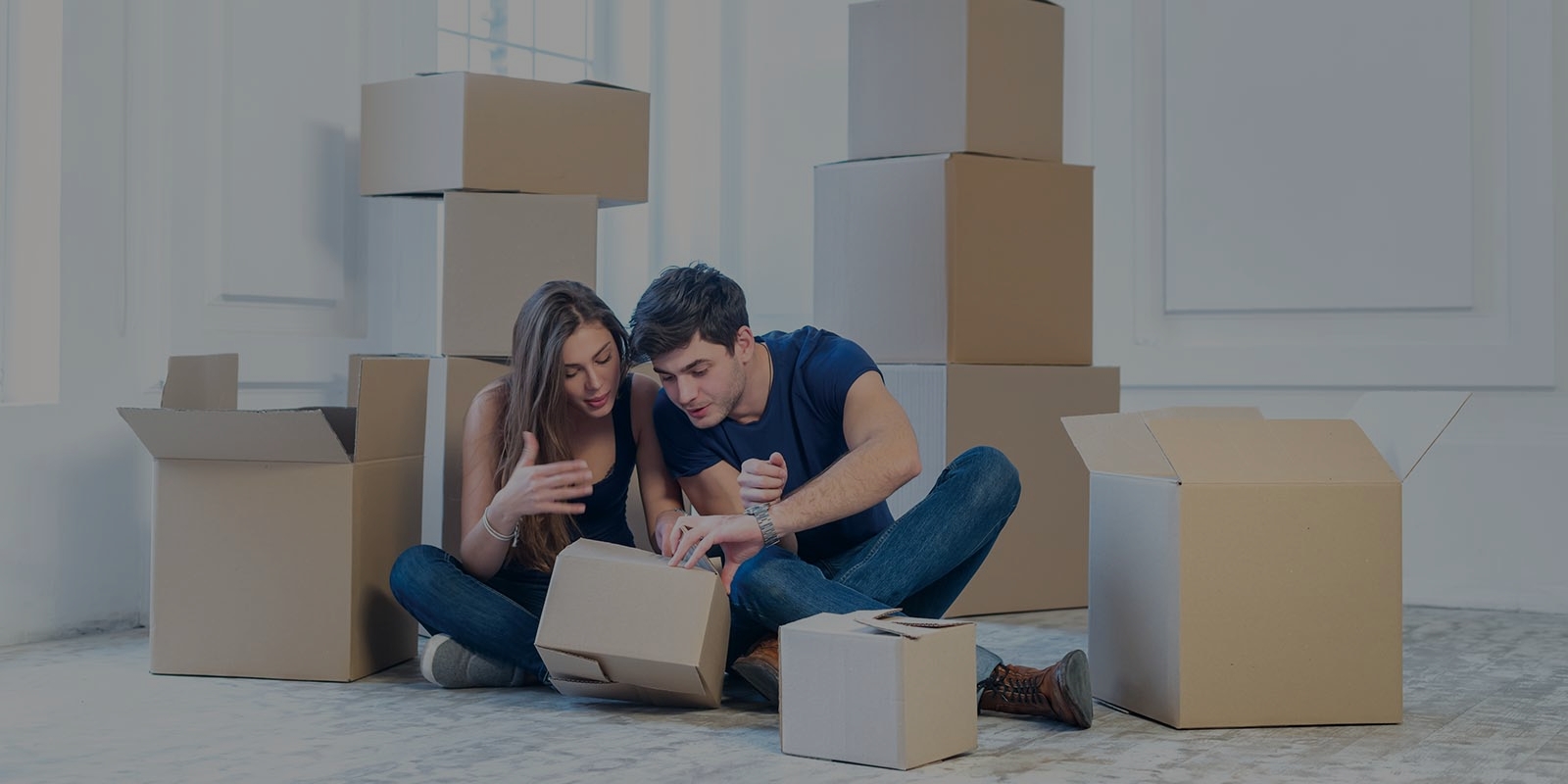Quick Guide to Safely Moving Your Bed and Mattress
Posted on 11/06/2025
Quick Guide to Safely Moving Your Bed and Mattress
Moving to a new home can be both exciting and stressful, especially when it comes to transporting big and bulky items like your bed and mattress. A mishandled bed frame or mattress can easily get damaged or cause injuries. That's why knowing how to move your bed and mattress safely is essential. This quick guide offers expert tips, helpful techniques, and the best safety practices for seamless, efficient, and stress-free moving.

Why Properly Moving Your Bed and Mattress Matters
You invest in your bed and mattress for a good night's sleep and overall health. Mishandling these items during a move can lead to:
- Physical Damage: Scratches, dents, broken frames, or sagging mattresses
- Lost Parts: Missing screws, hardware, or supporting slats can render your bed unusable
- Contamination: Unprotected mattresses may gather dirt, dust, or pests during transit
- Personal Injury: Improper lifting techniques can cause back injuries or accidents
By following a step-by-step guide and best practices, you can ensure the safest, easiest move for your bed and mattress.
Preparation: Getting Ready to Move Your Bed and Mattress
1. Gather the Right Tools and Supplies
- Mattress bag or plastic cover: Protects from dirt, moisture, and pests
- Moving blankets: Prevents scratches on frames and headboards
- Dismantling tools: Screwdriver, Allen keys, or wrenches as needed
- Furniture straps or moving straps: For secure lifting and transportation
- Zip-lock bags or small containers: Keeps screws and small parts organized
- Tape and markers: Label parts for easy reassembly
- Hand truck or furniture dolly: Especially for heavier or larger mattresses and frames
Tip: Make a checklist so you don't forget any essential supplies!
2. Make a Clear Moving Path
- Clear hallways and entryways of clutter
- Remove doors if needed for extra space
- Measure your exit points to ensure your bed and mattress can fit through
Step-by-Step: How to Safely Move Your Bedframe
Step 1: Strip the Bed Completely
- Remove pillows, bedding, and mattress protector
- Launder all removable items and pack them separately
Step 2: Disassemble the Bed Frame
- Check your bed's manual. If you have instructions, follow them for disassembly.
- Remove the headboard, footboard, and side rails. Unscrew or unbolt any hardware.
- Place all screws and small parts in a labeled bag, then tape the bag to the headboard or main frame.
- Stack wooden or metal slats together, wrap them with moving blankets, and secure with tape.
- Keep track of all hardware and brackets--losing these can delay reassembly.
Step 3: Protect the Frame
- Wrap each part of the frame with moving blankets, bubble wrap, or old bedding to prevent scratches and dents.
- Secure with tape but avoid wrapping directly onto wooden finishes to prevent tape residue.
The Best Way to Move Your Mattress
Moving a mattress safely requires careful attention to both hygiene and handling. Whether it's a king, queen, or twin size, improper transport can lead to damage, stains, or warping. Follow these expert tips for safely moving your mattress:
1. Prepare the Mattress
- Clean the mattress with a vacuum or upholstery cleaner before packing.
-
Use a mattress bag or heavy-duty plastic cover. This shields against dirt, moisture, and bugs during the move.
- Slide the mattress into the bag while it's flat, then seal carefully.
2. Moving the Mattress: Technique & Safety
- Mattress can be surprisingly heavy and unwieldy--never try to move one alone
- Use lifting straps or a dolly. For large or memory foam mattresses, lifting straps and a furniture dolly can prevent strain or injury.
- Always lift with your legs, and keep your back straight.
- Carry the mattress on its side, if possible--most doorways and stairwells are narrow.
- Don't bend or fold the mattress excessively, as this can damage the springs or foam.
- Watch for obstacles like ceiling fans, low doorways, or sharp corners when maneuvering.
3. Transporting the Mattress
- Keep the mattress flat in the moving truck to avoid warping or bending. Leaning it upright is okay for short periods, but long-term upright storage can damage internal support.
- Secure the mattress with straps so it doesn't slide during transit.
- If you're moving in a small vehicle, tie the mattress securely to the roof and protect with additional tarps or covers--but check your local laws first!
Special Considerations: Moving Different Bed Types
Moving Box Springs
- Treat box springs like mattresses as they're just as vulnerable to tears and breakage.
- Use a box spring cover and move flat if possible.
Moving Adjustable Beds
- Unplug and secure any electrical cords or remotes.
- Disassemble base if possible; consult manufacturer instructions.
- Wrap motorized parts carefully and label for easy reassembly.
Moving Platform or Storage Beds
- Empty all drawers and storage compartments. Transport drawers and bed frame separately.
- Use bubble wrap or moving blankets for delicate or glossy panels.
Protecting Your Mattress During a Move
Beside using a mattress protector or mattress bag, consider these additional tips for mattress protection during moving:
- Avoid exposing the mattress to rain or direct sunlight during loading and unloading
- If possible, add a second layer of plastic wrap or tarp in case the original bag tears
- Watch sharp objects and corners that could rip the cover
- Keep the mattress elevated above dirty or rough surfaces when possible
Common Mistakes to Avoid When Moving Beds and Mattresses
- Rushing disassembly: Take your time; forcing parts apart can crack frames or strip screws.
- Skipping labeling: Always label bed parts and hardware for easy setup in your new home.
- Insufficient protection: Failing to wrap mattresses or bed frames properly leads to tears, stains, and dents.
- Lifting alone: Most beds and mattresses are heavy and awkward--always have help.
- Overlooking safety gear: Use gloves, closed-toe shoes, and lifting straps for personal safety.
- Not measuring doors and stairs: Prevent getting stuck or damaging walls by measuring in advance.
Tips for Setting Up Your Bed and Mattress After the Move
- Check all hardware and components before reassembly.
- Clean the mattress and bed frame before setup (because dust and bugs can transfer during moving).
- Reassemble in the correct room first--moving a completed bed frame can be much more challenging.
- Level the bed frame to prevent squeaks or mattress sagging.
- Inspect your mattress for tears, stains, or odors before use.
Hiring Professional Movers for Your Bed and Mattress
If you're facing tight stairwells, heavy bed frames, or high-value mattresses, consider hiring professional movers. Many moving companies offer dedicated mattress and bed moving services. Here are some of the benefits:
- Expertise: Movers have specialized equipment and techniques to handle heavy or delicate bed frames and mattresses.
- Insurance: Your belongings are often covered against accidental damage.
- Convenience: Save time and avoid physical strain.
- Packing materials: Most movers provide mattress bags and frame protectors.
*A quick call to your local moving company can offer a quote and answer questions about their bed and mattress moving services.*
Frequently Asked Questions About Moving Beds and Mattresses
Can I fold or bend my mattress to fit it in my car?
Most traditional spring and hybrid mattresses should never be folded, as this can break the springs or ruin the structural support. Some foam and latex mattresses are slightly flexible, but check your manufacturer's guidelines before attempting to bend or roll them.
How do I move a king-size mattress?
King-size mattresses are particularly heavy and awkward to maneuver. Always have at least two people to lift and carry, use a mattress bag for protection, and consider renting a box truck if needed. Carry on its side and use moving straps or furniture dollies for safe handling.
Can I transport a mattress on the roof of my car?
While it is possible, it's generally not recommended. If you must, secure the mattress tightly with ratchet straps, use a weatherproof cover, and double-check local regulations as improper loads can result in fines or cause safety hazards.
Are mattress bags reusable?
Yes, most heavy-duty plastic mattress bags can be used multiple times if they aren't torn or overly soiled. They are handy for both moving and long-term storage.
What should I do if my mattress gets wet during the move?
Dry it as soon as possible to prevent mold growth. Place the mattress in a dry, ventilated area and use fans or a wet/dry vacuum if necessary. Clean with a mild cleanser and let it air dry completely before use.

Eco-Friendly Tips for Moving Your Mattress and Bed Frame
- Use reusable mattress bags, moving blankets, and packing materials instead of single-use plastic.
- Donate or recycle old mattresses and bed frames rather than sending them to landfills.
- Hire local movers who use green, fuel-efficient vehicles or offer zero-waste packing solutions.
- Repurpose old cotton sheets and towels as padding during your move.
Conclusion: Smooth and Safe Bed and Mattress Moving
Successfully moving your bed and mattress is all about preparation, the right equipment, and safe techniques. By planning ahead, disassembling your bed frame carefully, protecting your mattress, and enlisting help, you can avoid damage, injury and unnecessary stress. Whether you're using professionals or tackling this yourself, remember these tips to enjoy a smooth transition to your new home and many more restful nights ahead.
For more helpful moving tips and advice on protecting your bed and mattress during a move, bookmark this guide and share it with anyone preparing for a big move!







